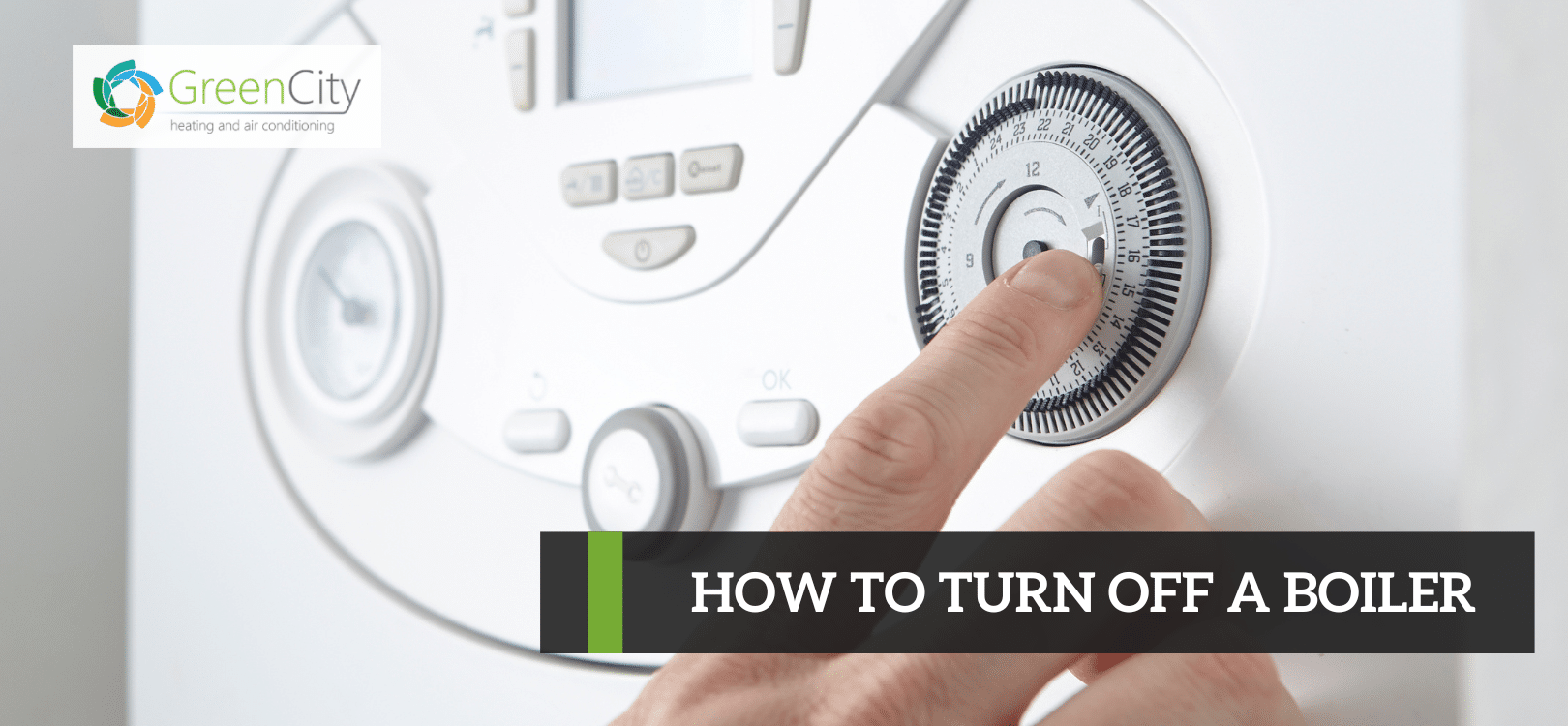
Boilers are essential appliances in many homes, providing warmth and comfort; yet, if not properly managed, they can cause serious accidents. Knowing how to turn off your boiler properly is vital knowledge for any homeowner, whether for safety during maintenance or in an emergency. If you’re faced with the daunting prospect of shutting down your boiler, read on for a step-by-step guide that could spare you from costly damage or personal harm.
Importance of Boiler Control
For those unfamiliar with the inner workings of a home heating system, the boiler’s role may seem somewhat mysterious. Boilers are the heart of the central heating system, heating the water that circulates through the radiators and supplies hot water to taps and showers. However, like with any powerful gadget, it is critical to have a thorough understanding of how to operate and, most crucially, how to shut it down.
Understanding Your Boiler
To securely operate any equipment, you must first understand its components and what might cause it to stop working. A boiler normally consists of a burner, a heat exchanger, a water pump, and numerous safety systems such as pressure valves and thermostats. These factors determine how you approach the procedure of turning off a boiler.
The first thing you should learn about is the safety features. Most modern boilers include safety shutdowns that activate in the event of a failure, such as a flame going out. This will typically include a reset button, which you will only use once you are certain that the problem that triggered the shutdown has been resolved.
Step-by-step Guide for Turning off Your Boiler Properly
Step 1: Locate the Boiler Controls
The boiler’s control system can sometimes look intimidating, and it’s not irregular for several boxes and dials to be involved. The first step is to locate the boiler’s main control panel, which is normally positioned on the front.
You should be able to recognize a sequence of switches and dials. This often includes a power switch and a thermostat. If you are unfamiliar with the unique configuration of your boiler’s controls, consult the manufacturer’s manual.
Step 2: Switch Off the Power
The first and most important step is to turn off the electricity. Most boilers depend on electricity, and even if yours runs on gas, it will most likely include electronic components that must be turned off.
Locate the power switch, but do not touch it if you are unsure about where the boiler is connected in your home. It is preferable to turn the switch only after you are certain that it is the primary power source for the boiler and that it is not powering any other critical electrical equipment.
Step 3: Shut Off the Gas Supply
After you’ve turned off the power, you need to take precautions to prevent gas from escaping into your home. To turn off the flow, locate the gas valve going to your boiler and turn it 90 degrees so that it is perpendicular to the gas line.
If you smell gas or suspect a leak, escape the building immediately and contact your gas company’s emergency number. Do not turn on or off any electrical equipment, as a spark could ignite the gas.
Step 4: Turn Off the Water Supply
Water synchronization is critical while turning down a boiler. To do this, locate the water feed valve, which is normally placed above the boiler, and turn it off. This prevents more water from entering the boiler system, which might be crucial during specific maintenance procedures or in the event of a leak.
Always exercise caution when dealing with water and electricity nearby. If you’re unsure, talk to a professional.
Step 5: Release Pressure
Many valves and components in your boiler require certain levels of pressure to function safely and efficiently. Release the pressure before doing any maintenance or any prolonged shutdown. Locate the pressure gauge on your boiler and follow the manufacturer’s directions for that specific model.
Releasing pressure may require opening a valve and allowing water to leave, so be sure your boiler is completely cool before undertaking this step. If in doubt, contact a professional; dealing with pressure can be harmful if not handled properly.
Safety First with Green City Heating
Turning off a boiler may seem like an easy task, but it’s essential to understand the potential risks involved. Following this step-by-step guide will ensure that you are taking all necessary precautions for yourself and your home.
If unsure or uncomfortable with any of the steps, do not hesitate to contact a professional. At Green City Heating, our team is dedicated to providing safe and efficient heating solutions for your home. Don’t risk the safety of yourself and your family; trust us for all your boiler needs.



